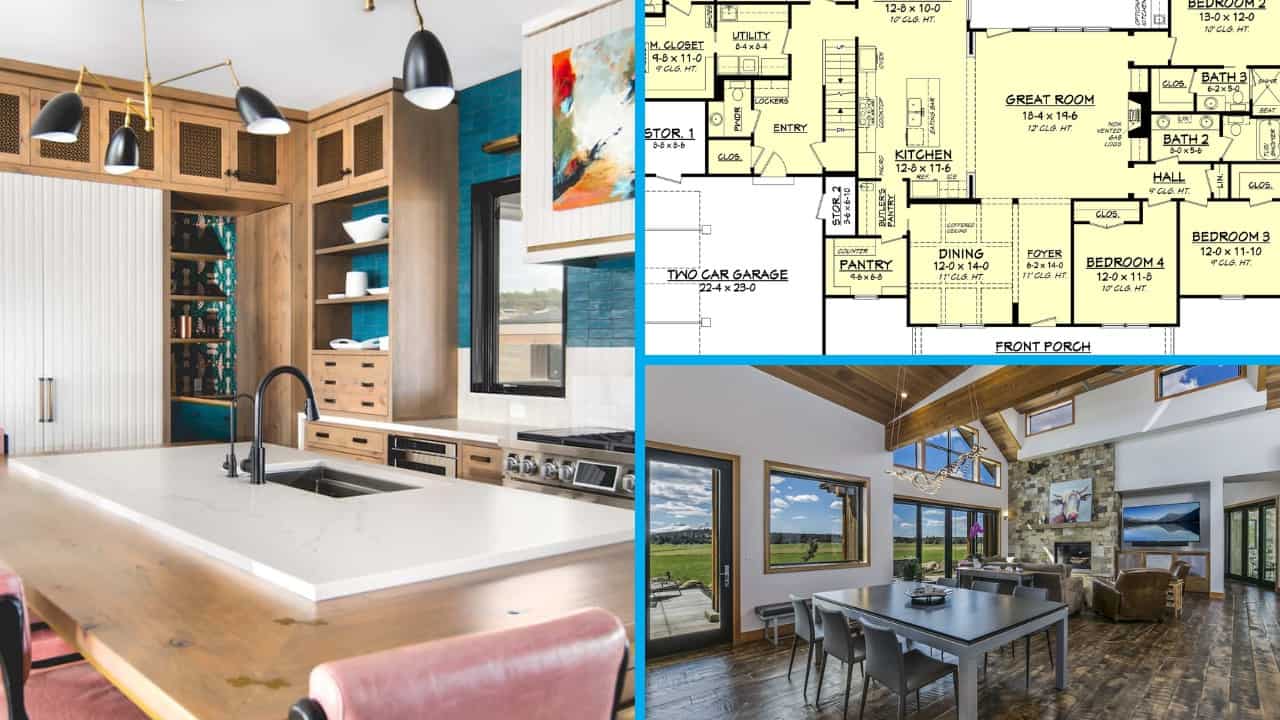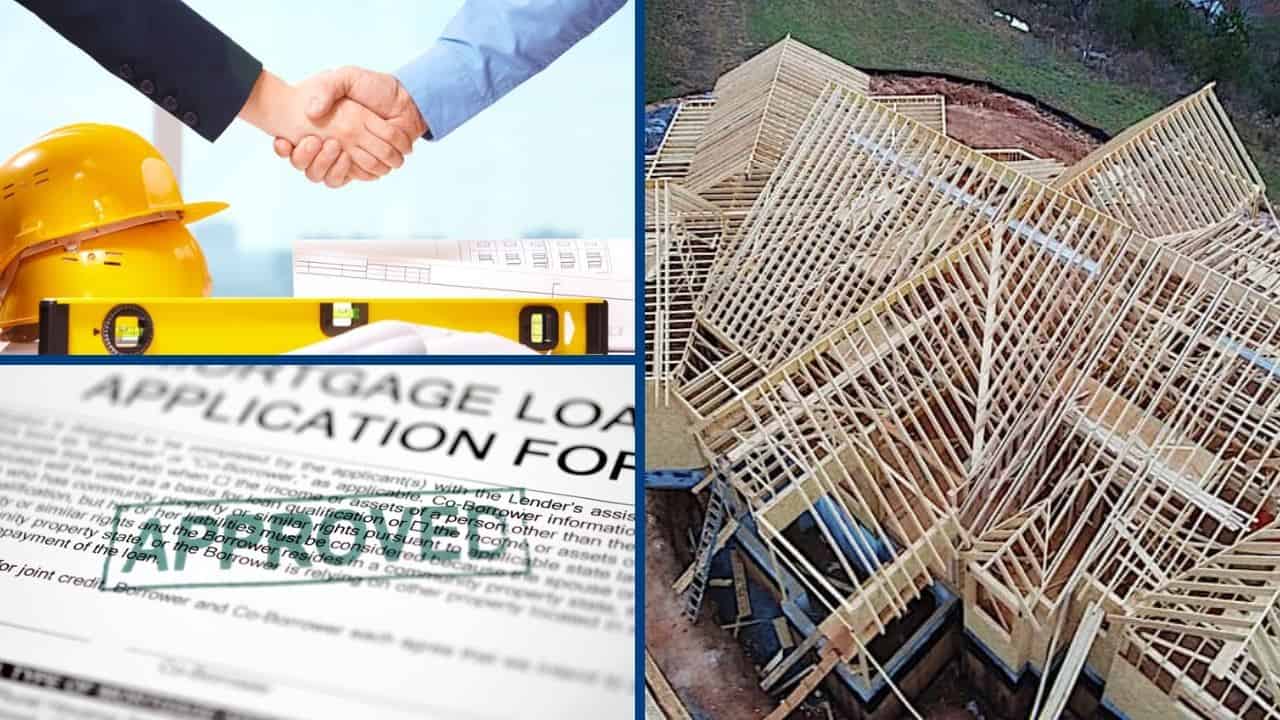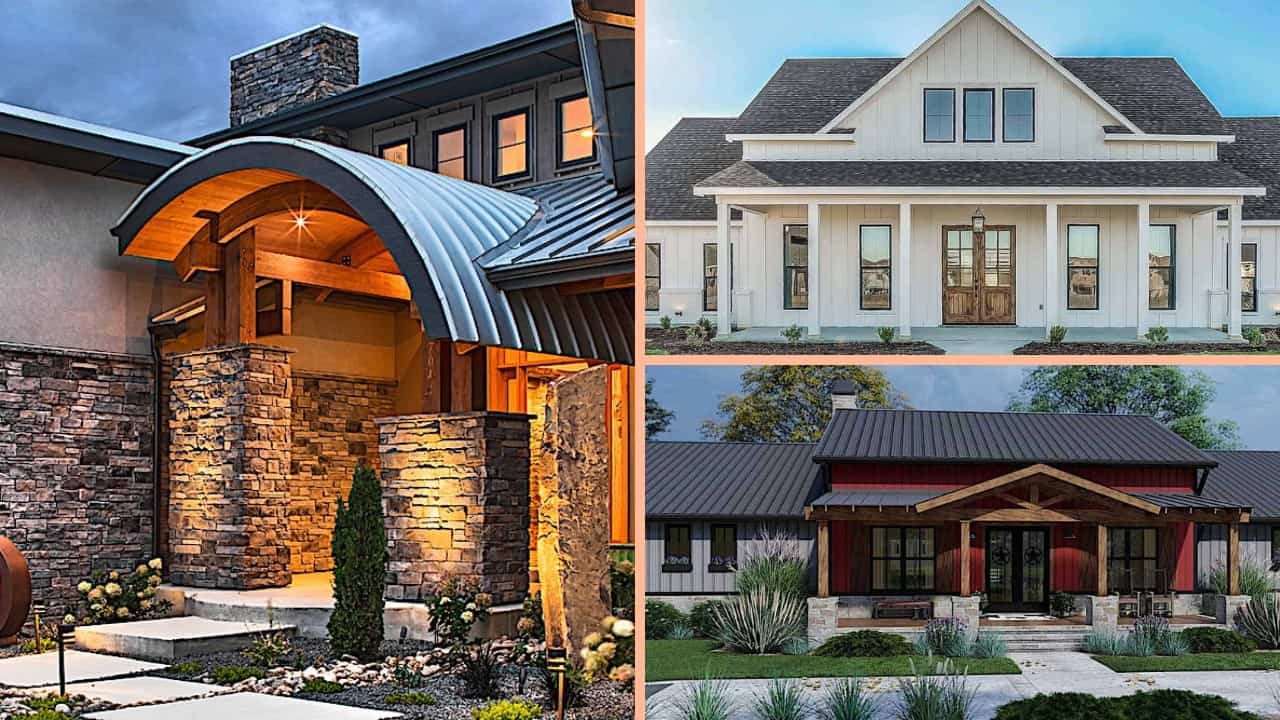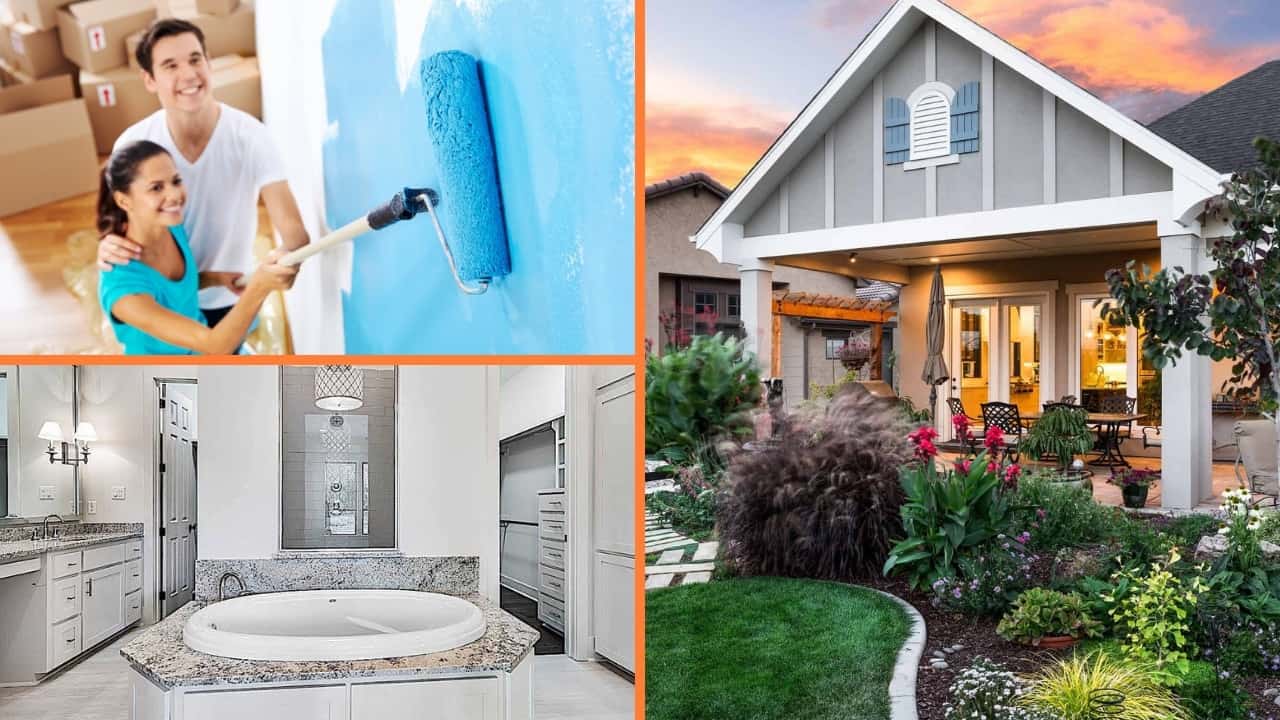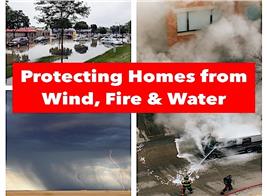Best Practices for Pipes and Plumbing in a New House
By Brian Toolan | Updated January 04, 2023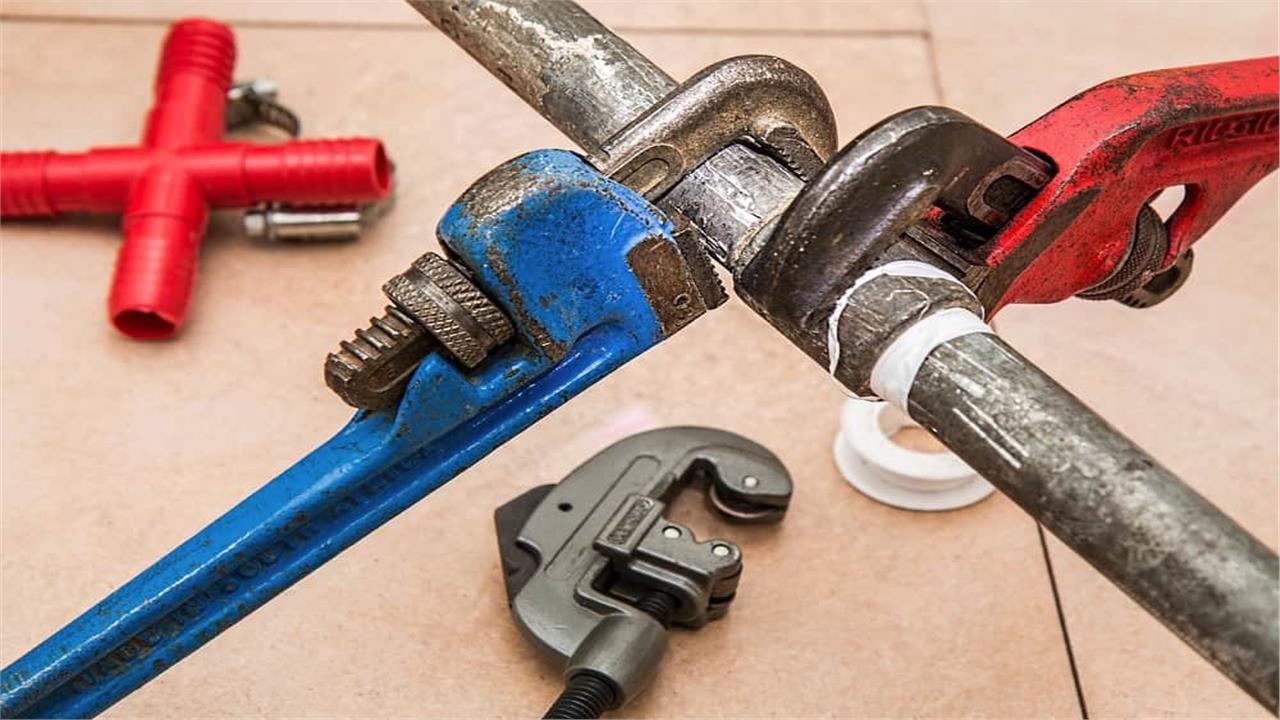
If you are in the process of building a new home, or even have the house plans for a remodel, there are some things you may want to know about best practices just so you can keep an eye on your contractors.
Before the builder has even poured the concrete slab, the plumbing needs to be in place. Next, pebbles are often used to fill in the space around the piping. And finally, the cement is poured. After the foundation to your new house plan is dry, also known as “cured,” the framing starts to go up. Then by a few weeks later you should finally see the exterior walls which have been raised.
Dealing with a plumbing contractor from the get-go is all about planning for the future. Make sure your builder is using licensed plumbers, and using best practices and installations by code, which is state regulated.
Today’s plumbing contractors know that their job, when it’s a new home, involves gas pipes and BTU loads. The construction practice for plumbers is getting more and more aggressive insofar as safety and demand. For example, cooling systems, pool heating and larger more sophisticated gourmet kitchen needs (bigger more demanding ovens) are more complex now than ever, and this affects the plumbing of a new home.
It used to be that the average home just required from 200 to 300,000 BPUs. Nowadays the requirements are in the millions, and this means upsizing the pipes and gas systems. Standard home pressure is known as 7 inches per water column. Now with all the latest modern fixtures, demands are up to as much as two pounds, or 56 in of water column -- about eight times more than in the old days. Pool heaters and generators add too the demands as well – so if you are planning on ever upgrading your home, be sure to tell the contractor now. It will impact the length of piping from heater. Pool heating will draw from the rest of the gas pressure so that affects full load usage – meaning that everyone can turn something on anywhere in the home without things shutting down.
Tell your contractor what you think you or another homeowner may want to add down the road, such as a heated Jacuzzi or pool. What about those trendy outdoor (and indoor) fire burners, or an outdoor kitchen, and/or an elaborate gas unit for an in-home gas fireplace? Pool heaters mean changes to the system involving load factors. A good contractor will look at loads - the BTU loads - and regulate the entire line.
The plumber should ask the homeowner what their current and future needs are for proper sizing and pressure -- 225 is standard gas pressure, then the next level up is 425. The gas company can change out the regulator as well. If you start out with standard gas meter, then add a heated swimming pool, they will probably change out the gas regulator, not the meter. A red dot indicates it is high pressure gas.
Just be aware that any licensed plumbing contractor knows that they have to ground the system. Why? Historically homes were being built using a new stainless steel tubing in a yet to be regulated state. Lightning struck a house (as it was not grounded) and it blew up! But don’t worry, that is highly unlikely to happen in this day and age with statewide licensing requirements. Plus some pipe materials today have black coating that is resistant or it is called Corrugated Stainless Steel Tubing, or CSST, was used.
This material was approved for the distribution of natural gas inside of homes. Just be sure that the CSST is bonded because the most common problem has been that home inspectors find systems that have not been properly bonded to current standards. This means there is an increased risk for damage to the material from a nearby lightning strike, which could cause a gas leak and cause an explosion or fire.
The piping and plumbing in your new home is really important, and The Plan Collection (www.theplancollection.com) just wants to remind you to learn and know what is important for the future as you review your new house plan.
(Lead image photo credit: Image by Steve Buissinne from Pixabay)
